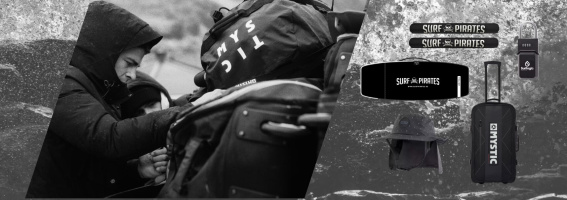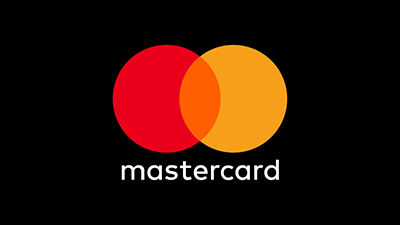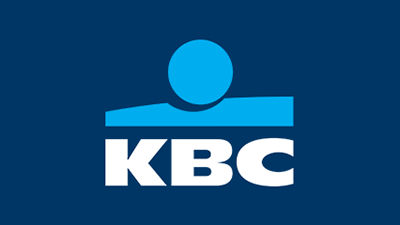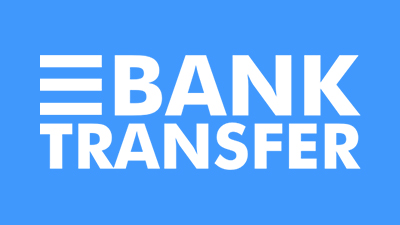Introduction Kiteguide
The first kite course is behind you and you are wondering which kite should be your first own?
Then you are exactly right here. We give you here a basic overview of the different common kite types.

Terms
Guide
-
![]()
Depower:
Give the kite more or less power by pushing the bar or operating the depower system.
-
![]()
Hangtime:
The time after a jump that the kite leaves you in the air.
-
![]()
Tube/Bladder:
Bladder of latex in the kite, which is inflated and gives the kite its stability.
-
![]()
Struts:
The tubes that go from the front tube and lead to the rear part of the kite.
-
![]()
Relaunch:
The moment when you let the kite rise out of the water again after a fall.
Soft Kites
Technical Features:
Softkites, or simply mats in German, are kites that consist only of cloth and get their shape from chambers that are filled by the wind and thus give the kite its shape.
They are very light and can be built very large and for a wide range of applications.

Advantages
- Light take off weight fly so even with very little wind
- Very good hangtime
- High terminal velocities are possible even at low wind speeds
- High base pull that sets in a very controlled manner.
Disadvantages
- If the kite falls into the water, the chambers can fill with water and the relaunch can be very difficult.
- In relation to Tubekites sluggish flight behavior.
- In strong winds they reach their limits earlier than tube kites
Application Area
Due to the excellent light wind characteristics, mats are very popular with foilers, snowkiters or landkiters, kitebuggy riders and also in the absolute low wind range.


Entry Event
Due to the relaunch characteristics for beginners only very limited suitability. A tube kite simply offers greater ease of use and safer relaunch characteristics.
Big Air Kites
Big Air Kites get more and more attention at least since the competition "King of the Air" in Capetown-South Africa.
These offer especially much hangtime and usually also cover a large wind range. Many Big Air/Hangtime kites have 5 struts and can be adjusted very well even in strong winds. Especially for heavier riders the five strut kites offer good characteristics, as they also have more basic pull. But also 3 strut kites are now more and more suitable for extreme jumps and long flight times! These kites usually have a similar shape as a C-kite, but more about that later.

KiteShapes
The range of use is limited to freestyle/wakestyle with twintips, so mainly chopped out jumping but also kiteloops and high jumps are a lot of fun with the C-Kite for the experienced kiter.
C-Kite: Technical Features
C kites look like a C in the air, with a straight leading and trailing edge. The basic shape is rectangular and all lines are tied directly to the tips. They usually have 5 struts. But this kite shape is wikrlich only advantageous for the above mentioned spectrum! Beginners would make it much harder with this!
In addition, they are usually flown on 5 lines.

Advantages
- Explosive pressure development
- Good handling and turning properties
- Pronounced slack (dropping of line tension) directly after the jump
Disadvantages
- Low wind range
- difficult relaunch especially with little wind
- weakly pronounced depower
- rather short hangtime
Application Area
The range of use is limited to freestyle / wakestyle with twintips, so mainly hacked out jumping.
Also a possible choice for very good riders due to the explosive pops and very agile handling when looping.


Entry Event
Due to the poor release, the low wind range and manageable depower definitely not recommended for beginners and intermediates.
Wave Kites
Wave kites are fast and drift extremely well with the wind. They have either three struts or for the light wind range also only one strut.
The basic pull of the wave kites is rather weak to medium. Especially in the strapless area, too much pull from the kite could pull the rider off the board. In hardly any other area is it so important to design a light, but also stable kite, since a wash in the waves exposes the kite to high forces.
Wave kites are also very suitable for foiling but also for the beginner. They are easy to fly and can be perfectly adjusted by different attachment points. Wave kites fly compared to the C-kite significantly further forward in the wind window.

Bar and Line Length
Most often you will find lines of 22-24Meters at the bar. In some areas, for example, when foiling, shorter lines are also flown.
Generally speaking, long lines give more low end and more lift. Shorter lines make the kite faster and are often found on bars of wave kites and kites that are looped.
Ein breiter Barholm (55-60cm) wird oft an großen Kites (13-21m) genutzen. Der Kite reagiert durch den längeren Hebel des Holmes schneller. Dadurch gewinnen die größeren/trägeren Kites and Drehgeschwindigkeit. Schmale Bars (42-55cm) werden z.B gerne bei Freestyle Kites genutzt, da der Kite nicht so schnell reagiert und man somit mehr Zeit bekommt, seinen Trick sauber auszuführen. Zum Freeride eignet sich dir Einstellung auf ca 50cm Breite bestens.
Bow-Delta Kites
or taken together Hybrid Kites
The range of tube kites, i.e. inflatable kites with a so-called front tube, now form various variations or pure forms, of 3 basic forms of tube kites.
Technical Details:
The field of hybrid kites forms the largest part of the kite market. Several concepts in the most diverse combinations are summarized in the designation Hybridshapes.
Due to the diverse combinations of features, the kites of this group differ sometimes significantly from each other. As a rule, construction as 4 liners with differently pronounced bridle line systems.
Therefore, in the following we describe them in distinction from the C-kites.

Advantages
- Good Lift
- Good Hangtime
- Balanced Handling
- Simple Relaunch
- Constant Train Deployment
- Large Depower Reserves
- Good All-round Suitability
- With a small number of kites (about 3), the entire wind range can be covered.
Disadvantages
- Little Slack
Application Area
Hybrid concepts now make up the majority of the kite market. The intended use ranges from beginner, wave, freeride, foil, to big air kites.


Initial Event
Overall, it can be said that each of these gliders, perhaps with the exception of the Open-C models and some pure wave gliders, has good to very good beginner performance.
Now you have a good overview of what awaits you out there! But if you still have questions, we are very happy to help you personally! The mass of products and manufacturers can easily overwhelm you.

















































































